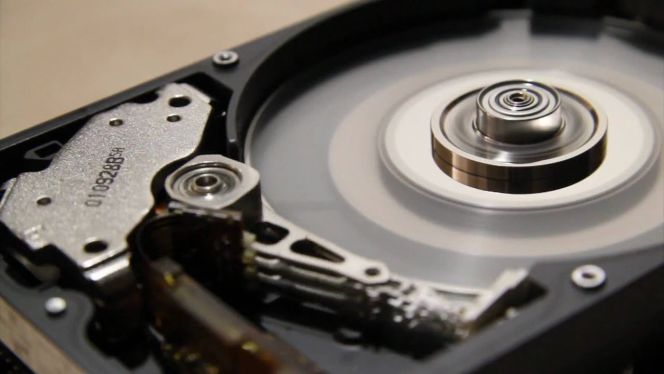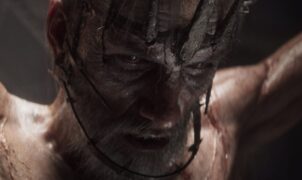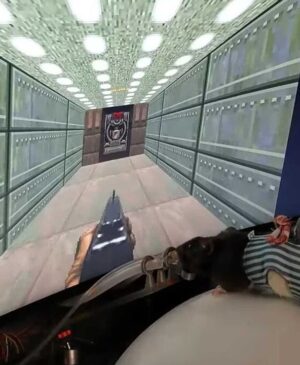TECH NEWS – While it’s true that there is a risk that even a 3 mm (!) scrap can be used to extract data, there is a safer, greener way to make the data in question inaccessible.
Every year, 90% of the hard disks used in data centers (we’re talking about old HDDs!) are shredded because that’s how companies try to ensure that no data on those HDDs get into unauthorized hands. BBC News has reported that the Circular Drive Initiative (CDI) wants to know why the shredding rate is so high. The CDI is backed by several tech companies that want to save HDDs. Their goal beyond that is understandable because they want to reuse them or their components, leading to less e-waste, while the death of HDDs is predicted for 2028.
The CDI includes Seagate, Western Digital, Micron, and the blockchain specialist Chia Network, where Jonmichael Hands works. He is the secretary and treasurer of CDI and has spoken to IT Asset Disposition (ITAD) companies about possibly getting some old HDDs from them for use, but his request was turned down because they would be grinding down the drives. According to Hands, one of their customers has 5 million HDDs destroyed. But there’s a risk in what’s left of them because anyone who knows how can extract data from a small ‘metal scrap’ of just three millimeters.
It is not dangerous in ‘small’ quantities, but if you are committed and patient, you can gather enough to blackmail the company for a substantial sum. The ITAD’s reasoning behind scraping HDDs is worth mentioning. When the IEEE standards association recently approved a long list of safe methods to permanently erase remaining data instead of picking HDDs into tiny pieces, there can be no excuse. One simple but time-consuming process is overwriting the data with new patterns. Cryptographic erasure is faster and does the trick, and sounds more mysterious. It involves erasing the encryption key, leaving the data unintelligible to even the most sophisticated hacker.
According to Amy Zuckerman, Seagate’s director of sustainability and transformation, the linear “take-make-waste” model needs to end. The company is one of those that place a strong emphasis on taking the parts out of old, broken (and therefore unrepairable) hard drives and recycling what cannot be used. There is much to learn from them.
Source: PCGamer















Leave a Reply